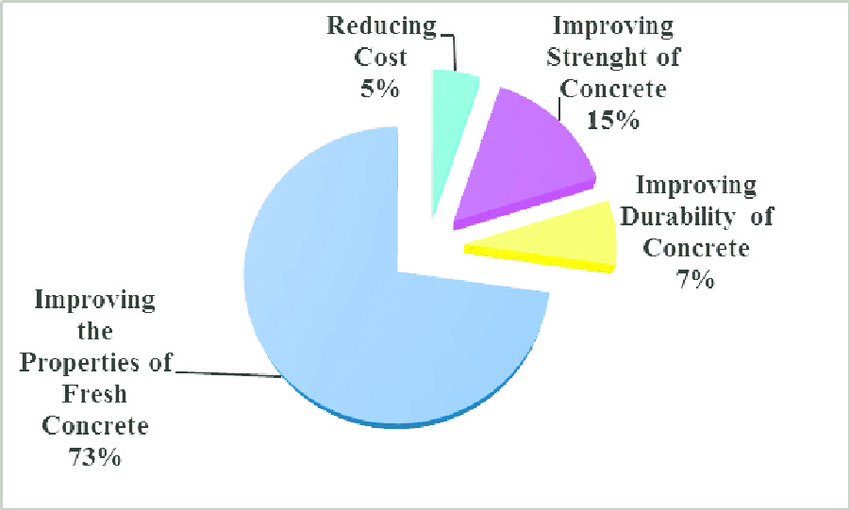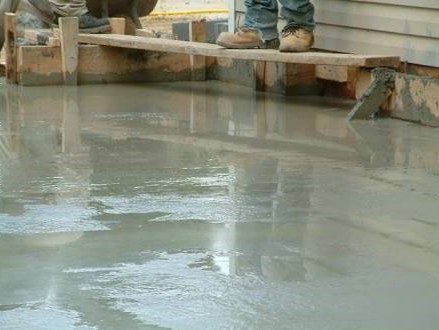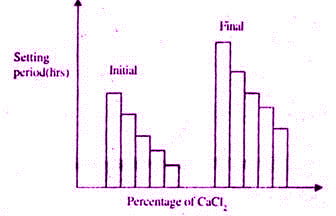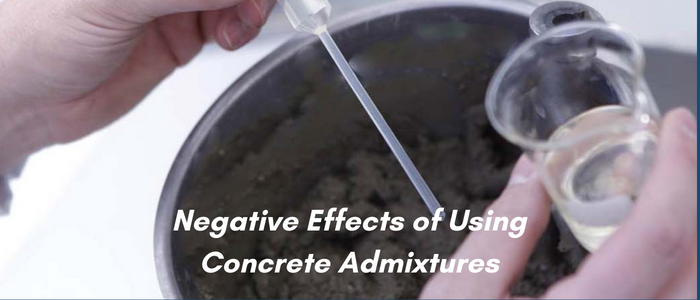
However, in some case, admixtures may cause adverse effects on the concrete performance not like what was originally intended from them.
In this article, we spot light on some of the negative effects that may occurs due to misuse of concrete admixtures either by wrong application or improper dosage.
Just before that, we are going to define what admixtures are.
What are Admixtures?
Chemical admixtures are the ingredients (components) that are added in concrete other than the primary ingredients, which are portland cement, water, and aggregate that are added to the mix immediately before or during mixing.
Concrete production companies use admixtures primarily to reduce the cost of concrete construction; to modify the properties of hardened concrete; to ensure the quality of concrete during mixing, transporting, placing, and curing; and to overcome certain emergencies during concrete operations. The consultant also may require the addition of a specific admixture to impart a certain feature to concrete.
Negative Effects of Using Concrete Admixtures
-
Fast slump loss :
It is commonly known that freshly poured concrete gradually loses its workability. This occurrence is known as “slump loss.” Addition of set-retarding water reducers, generally lignosulfonates, was shown to be very sufficient to increase slump retention.
So, naturally, concrete will lose slump as time passes but the wrong use of admixture may make this process faster than usual, making it difficult to deal with concrete and of course, a lot of defects will occur within the concrete due to rapid setting.
-
Excessive bleeding along with Segregation :
Concrete segregation is the separation of the constituent parts of concrete. The major cause of the segregation is incorrect mixing since concrete is a non-homogeneous substance. It happens when transporting, mixing, and placing concrete. It also impacts the characteristics of concrete. Concrete loses tensile strength over time, which causes cracking. Because of this, it needs to be carefully mixed before being used in construction.
When the three main components of a concrete mix—gravel aggregate, cement, and water—separate both before and during the curing process, segregation takes place. Segregation also causes an excessive amount of water to surface. We refer to this process as bleeding. The process of bleeding is comparable to segregation in which water in concrete rises to the surface. Concrete as a result becomes porous and weak.

The wrong use of admixtures, for example excessive superplasticizers and air entrainment, may cause the segregation and bleeding of concrete. Thus care should be given to the get the the correct proportions of concrete compounds and using appropriate amounts of admixtures.
-
Retarding the concrete excessively :
Retarding admixtures are frequently required in hot weather conditions to facilitate delaying the setting time.
In general, at the compliance dose, retarders lengthen the time it takes for the mixture to convert from the plastic to the hardened state by at least 90 minutes but no more than 360 minutes.
When the admixture is given in excess of the recommended dose, the construction schedule is affected, and poor strength growth occurs at an early age. However, the concrete’s maximum strength is unchanged.

-
Plastic shrinkage :
Plastic shrinkage results from the loss of water by evaporation from freshly poured concrete’s top or from the suction of dry concrete beneath. When the rate of evaporation surpasses the rate of bleeding, plastic will shrink at the surface.
Read Also:
